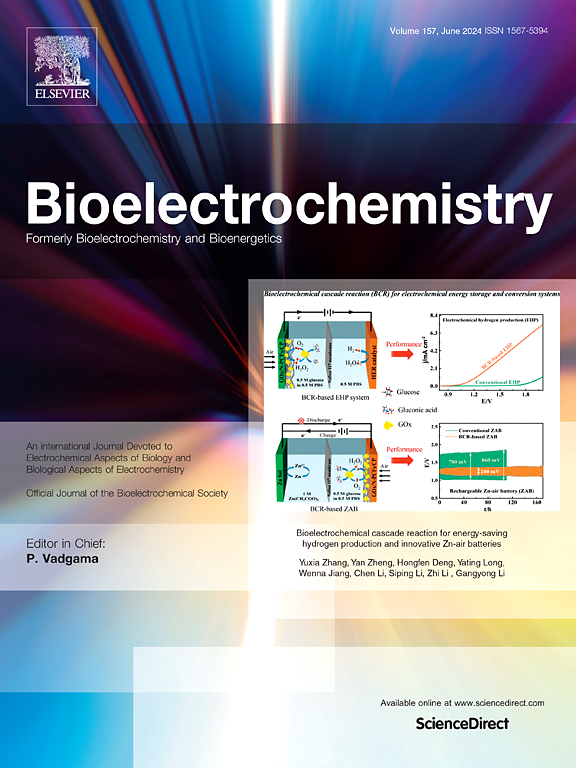Distinguishing neural ensembles in the infralimbic cortex that regulate stress vulnerability and coping behavior
IF 3.6
2区 医学
Q1 NEUROSCIENCES
引用次数: 0
Abstract
Neural ensembles in the medial prefrontal cortex regulate several types of responses to stress. We used a Syrian hamster model to investigate the role of infralimbic (IL) neurons in coping with social defeat stress and vulnerability to subsequent anxiety-like behavior. We created social dominance relationships in male and female hamsters, used a robust activity marker (RAM) approach to label IL neural ensembles activated during social defeat stress, and employed light-dark (LD), social avoidance (SA), and conditioned defeat (CD) tests to assess anxiety-like behavior. We found that dominant animals were less anxious in LD tests compared to subordinate animals after achieving their higher status. Also, status-dependent differences in anxiety-like behavior were maintained following social defeat in males, but not females. Subordinate males showed greater RAM-mKate2 expression in IL parvalbumin (PV) cells during social defeat exposure compared to dominant males, and submissive behavior during CD testing was correlated with RAM/PV co-expression. In contrast, greater RAM-mKate2 expression in IL neurons was correlated with a longer latency to submit during social defeat in dominant females, although the correlation of RAM/PV co-expression and defeat-induced anxiety in females was mixed. Overall, these findings suggest that activation of IL PV cells during social defeat predicts the development stress vulnerability in males, whereas activation of IL neurons is associated with a proactive response to social defeat exposure in females. Understanding how social dominance generates plasticity in IL PV cells should improve our understanding of the mechanisms by which behavioral treatments prior to stress might promote stress resilience.
边缘下皮层中调节压力易损性和应对行为的区分神经系统
内侧前额叶皮层的神经系统调节对压力的几种反应。我们使用叙利亚仓鼠模型来研究边缘下(IL)神经元在应对社会失败压力和随后的焦虑样行为脆弱性中的作用。我们在雄性和雌性仓鼠中建立了社会优势关系,使用稳健的活动标记(RAM)方法来标记在社会失败压力下激活的IL神经系统,并采用光暗(LD)、社会回避(SA)和条件失败(CD)测试来评估焦虑样行为。我们发现优势动物在获得更高的地位后,在LD测试中的焦虑程度比从属动物低。此外,在社会失败后,男性在焦虑类行为上的地位依赖差异仍然存在,而女性则没有。与优势雄鼠相比,劣势雄鼠在社会失败暴露期间IL小白蛋白(PV)细胞中RAM- mkate2的表达更高,而CD测试期间的顺从行为与RAM/PV共表达相关。相比之下,IL神经元中RAM- mkate2的高表达与优势雌性在社交失败时更长的服从潜伏期相关,尽管RAM/PV共表达与雌性失败诱导焦虑的相关性并不明确。总的来说,这些发现表明,在社交失败期间,IL PV细胞的激活预测了男性的发育应激脆弱性,而IL神经元的激活与女性对社交失败暴露的主动反应有关。了解社会支配如何在IL PV细胞中产生可塑性,可以提高我们对压力之前的行为治疗可能促进压力恢复的机制的理解。
本文章由计算机程序翻译,如有差异,请以英文原文为准。
求助全文
约1分钟内获得全文
求助全文
来源期刊

Neurobiology of Stress
Biochemistry, Genetics and Molecular Biology-Biochemistry
CiteScore
9.40
自引率
4.00%
发文量
74
审稿时长
48 days
期刊介绍:
Neurobiology of Stress is a multidisciplinary journal for the publication of original research and review articles on basic, translational and clinical research into stress and related disorders. It will focus on the impact of stress on the brain from cellular to behavioral functions and stress-related neuropsychiatric disorders (such as depression, trauma and anxiety). The translation of basic research findings into real-world applications will be a key aim of the journal.
Basic, translational and clinical research on the following topics as they relate to stress will be covered:
Molecular substrates and cell signaling,
Genetics and epigenetics,
Stress circuitry,
Structural and physiological plasticity,
Developmental Aspects,
Laboratory models of stress,
Neuroinflammation and pathology,
Memory and Cognition,
Motivational Processes,
Fear and Anxiety,
Stress-related neuropsychiatric disorders (including depression, PTSD, substance abuse),
Neuropsychopharmacology.
 求助内容:
求助内容: 应助结果提醒方式:
应助结果提醒方式:


